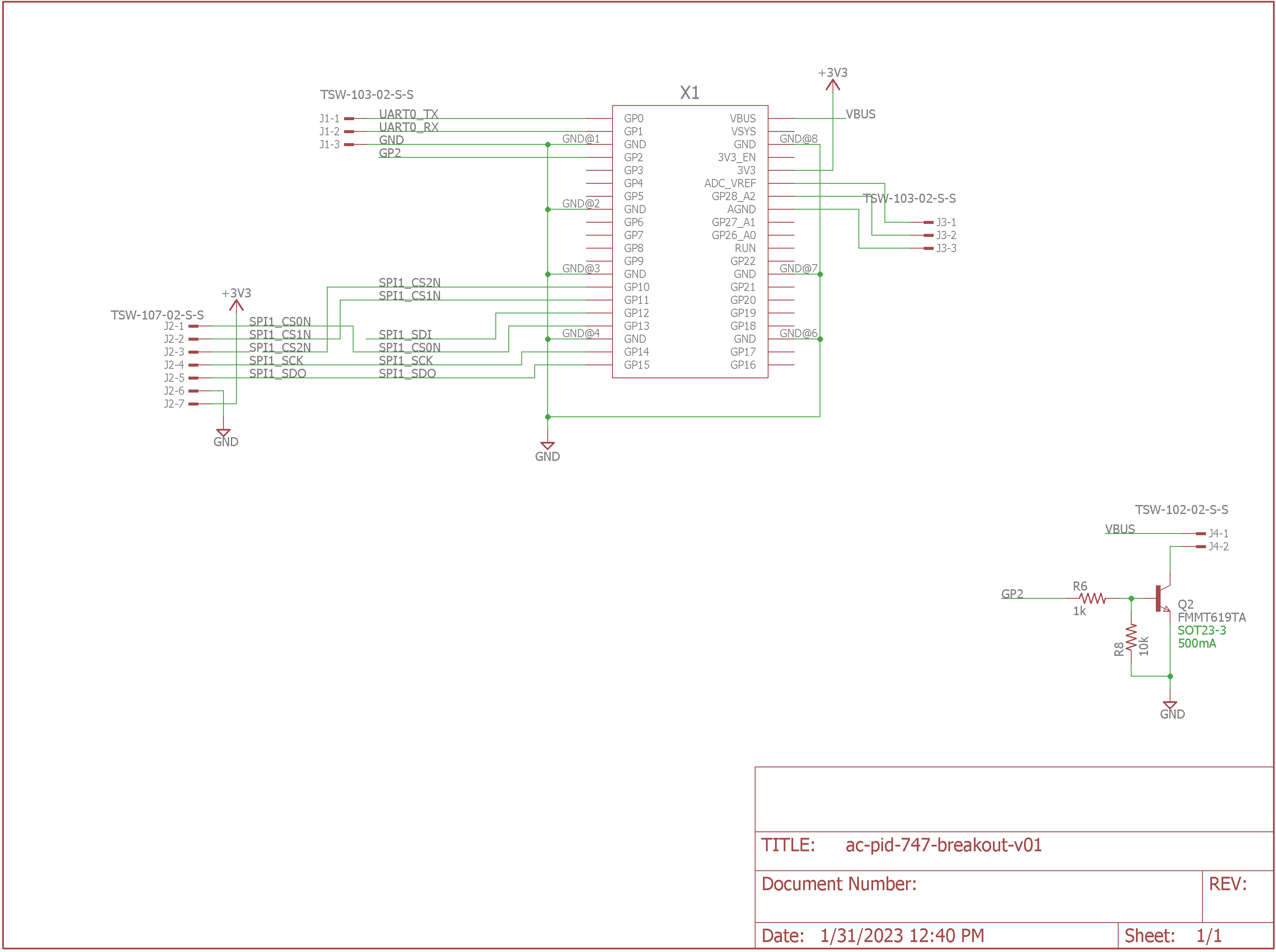
We’ve said before that we love when old hardware is mixed with a cool Raspberry Pi project but this is the first time we’ve encountered vintage aerospace technology. Today we’re sharing a clever creation by a maker known as Glen Akins. Akins recently came across a vintage aircraft tachometer and repurposed it into a working CPU monitor. With this setup, he can look at the gauge on the tachometer to get a real-time readout of CPU performance—all with a little help from our favorite microcontroller, the Raspberry Pi Pico.
It goes without saying that there aren’t too many guides in the world for tackling such a project so some investigation was necessary. Akins started where most curious makers would—taking the unit apart to see how it works. After some poking around, he figured out that this particular module is a magnetic drag cup tachometer. The next step was figuring out what he wanted to use it for and how to pull it off. In this case, he decided to set it up as a processor monitor.
To power the unit, he needed to build a three-phase AC power supply, an updated version of a single-phase AC power supply. This is where the Raspberry Pi Pico comes into play. To build his power supply, Akins is using a Pico on a small PCB that routes SPI connections between the power supply board and the Raspberry Pi Pico. Diagrams are available showing a breakdown of these PCBs and how they operate.



With this setup in place, Akins is able to read CPU values as a percentage input. With a little bit of coding, he interprets the CPU values using the dials. The larger dial for the tens, the smaller for the single digits. So for a 25% CPU value the large dial would be on two, the smaller at five. When the processor speed picks up, the dials move to show the current level of CPU utilization.
If you want to learn more about this Raspberry Pi project, you’re in luck. Akins shared an extremely detailed post outlining the disassembly and build process of this project. You can also find in-depth explanations behind the code used in this project. To read more, check out the original project post and be sure to follow Glen Akins for more clever projects in the future.







